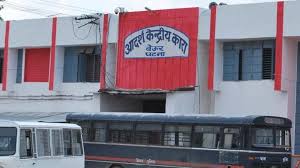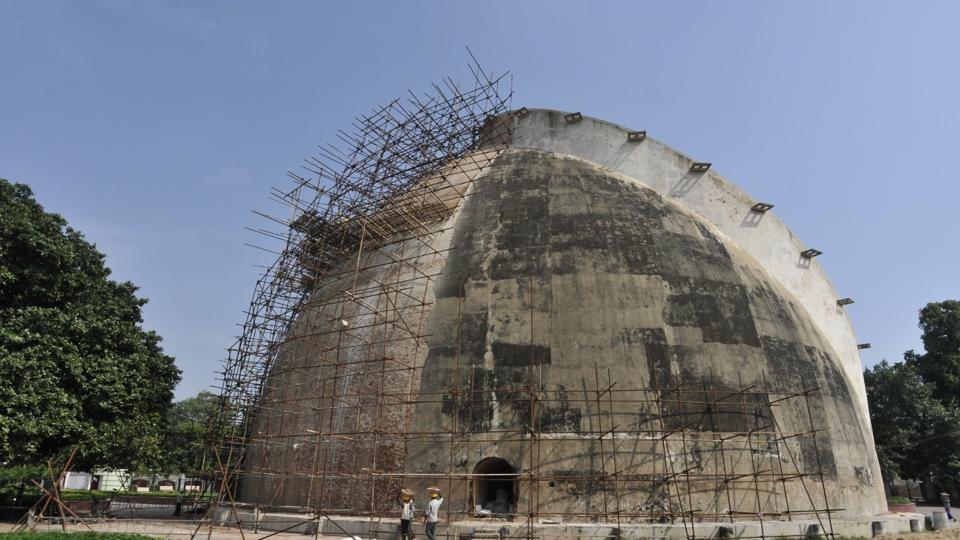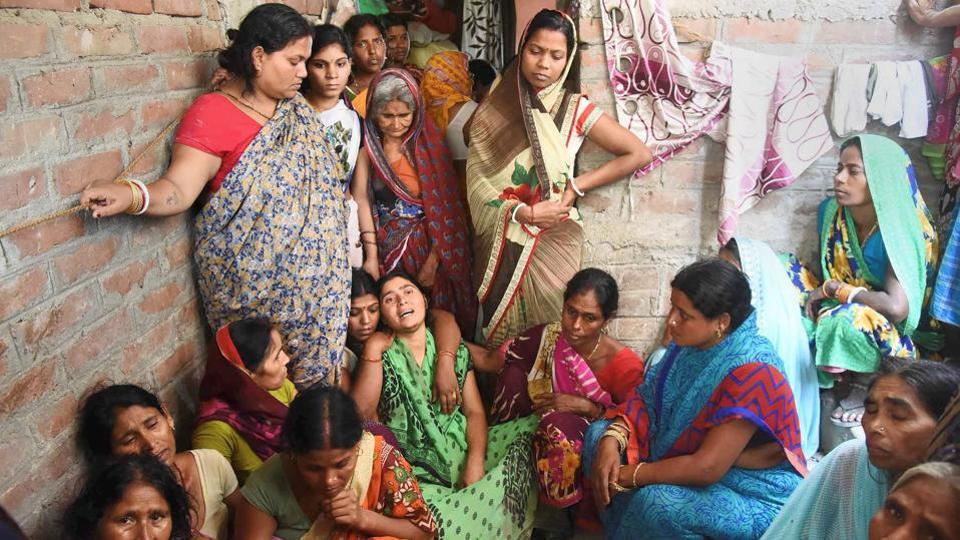Security beefed up at Patna’s Beur Jail after IB alert of possible jailbreak attempt by Maoists
Source: hindustantimes.com Unprecedented security has been deployed at Patna’s famous Beur Jail since late Wednesday night after the Intelligence Bureau […]









